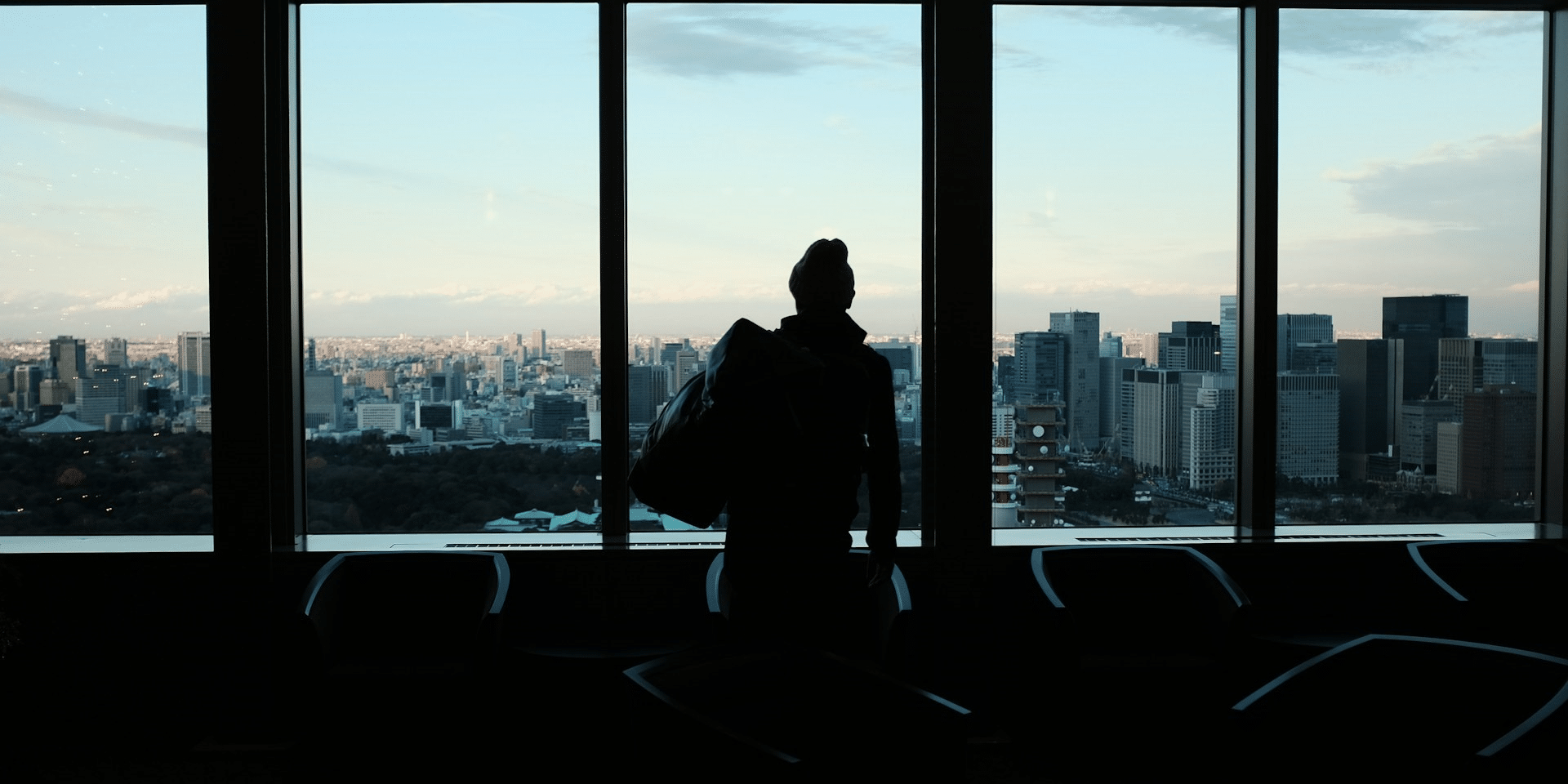In recent years, more and more Chinese designers and design students studying abroad, carrying design concepts, styles, and educational backgrounds from different countries, have returned home to work in design-related fields. They represent a new generation of designers with a Chinese cultural background who are deeply influenced by international (Western) design education philosophies.
In this exclusive interview, we had the honor of inviting Mr. Deric Wu, a director of Star International Investment Group. Mr. Deric Wu is experienced in business and also the founding CEO of the Chinese brands Sanyou Hui and Hongmen. With over ten years of experience in product art design, he has become a distinguished art business leader and an art design expert.
– What initially inspired you to become a designer? And how did you plan your entrepreneurship?
I didn’t enter the field of design by accident but rather due to a strong fascination with design and structure, especially a longing for beautiful things. Since childhood, I have been keen on creating and designing using various items at home, including art decorations, tableware, and containers of different shapes.
Over time, I continuously discovered and honed my artistic talents, gradually realizing that the discipline of visual communication was very compatible with me. It combines artistic aesthetics with technical methods, providing viewers with attractive and valuable visual experiences. My creation and design philosophy are rational and artistic, focusing on creativity and technical application to achieve visually appealing and valuable effects.
Later, Star International Investment Group was established in Hong Kong, China, and invested in several companies in Beijing, Shenzhen, and other places. We are committed to exploring the close integration of art design and products and strive to bring products with Chinese cultural characteristics to the global market.
– What person or event has had the most significant influence on your way of thinking?
In my teenage years, I was easily influenced by specific trends and styles. For instance, Dylan Thomas’s works, with their imagery, emotive imagery, and strong emotions, have profoundly impacted my thought process. His works often explore themes like emotion, death, and nature, using acute observation and deep emotion to explore these themes, conveying his thoughts on life and existence through poetry. These ways of thinking have greatly helped me better observe and judge things and express logic and layers more accurately when conveying information.
– Do you have any designers or artists you admire?
I don’t precisely admire a specific designer or artist; I prefer to stand on an objective and rational platform and view a work with digital logic. Of course, there are art movements I aspire to, like the British Arts and Crafts movement, where designers sought the unity of form and function. Good design should meet practical needs while having aesthetic and artistic value, encouraging craftsmen and artists to receive due respect and status, and improving the overall environment and lifestyle rather than just pursuing form beauty. These points are what I consider the highlights of this movement.
– What is your new vision for your company?
We want to focus more on pan-cultural categories of art design, crossing cultural boundaries and integrating different cultural elements in art and design forms. Attempting to break traditional regional and ethnic boundaries, we aim to create works with multicultural backgrounds and cross-cultural expressions. This direction will be our continuous exploration and research.
We also believe in the globalized era’s interconnectedness and mixed culture reality. Breaking traditional cultural divisions encourages people to accept and appreciate different cultures’ art and design with an open and inclusive attitude.
– How do you view the culture and design of Hong Kong, Shenzhen, and Beijing, where your company operates?
I often travel between these three cities, deciding to run the company more cross-border and diversified without abandoning our existing lifestyle. For most people, these three cities represent the freest places in China with the most opportunities and challenges. Beijing has a long history and rich cultural heritage, with museums, galleries, art academies, and artist communities everywhere. Shenzhen is one of China’s most vibrant and creative cities, with a unique young cultural scene, the resonance formed in each cultural scene, and the burst of creative inspiration unmatched by other cities. Hong Kong’s international environment promotes the exchange and integration of different cultures, aligning more with my expectations of a city and my work and lifestyle.
– Apart from work, what are your hobbies?
Recently, I have been engrossed in collecting bottles and boxes from around the world. I also make sure to exercise regularly to maintain a good mental state.
– What does a day in your design life look like?
I usually wake up at noon, then have a brief work phone meeting with the company staff, followed by a creative execution phase in the afternoon and evening. Before leaving work, I discuss the next day’s work plan with the team’s designers and interns.
– Could you recommend some books that you think are worth reading to our readers?
Recently, I have been reading “The World of Yesterday,” “The Turn of Visual Culture,” “The Sea of Fertility,” and the poetry of Haizi, as well as the RAY GUN anthology
– What do you do when you are stuck creatively?
I turn off the computer and go out for a walk. Creative blocks are very normal. My choices are going out for some fresh air and visiting an art bookstore or a museum.
– Can you introduce your company’s latest project? How did you come up with it?
Our latest project is the design of a beverage packaging bottle. (Elaborate on how it came about)
– How would you describe your creative style?
I like to be described as diverse, bold yet traditional, and challenging. I’m not a designer who follows the rules. When our team produces work, I hope it’s meaningful. If everyone is stuck in a homogeneity, progress is impossible.
Maybe I’m ahead. I don’t know if it’s right or wrong, but in creative design, there’s no right or wrong for me.
– Among the projects you’ve participated in, which is your favorite? Why?
It’s hard to say which one I like the most, as each work has its points of focus and effort. The one that left the deepest impression on me is the Longmen Tea Box because it tells a universal story in an Eastern language – the story of a person’s life pursuing self and realizing value.









